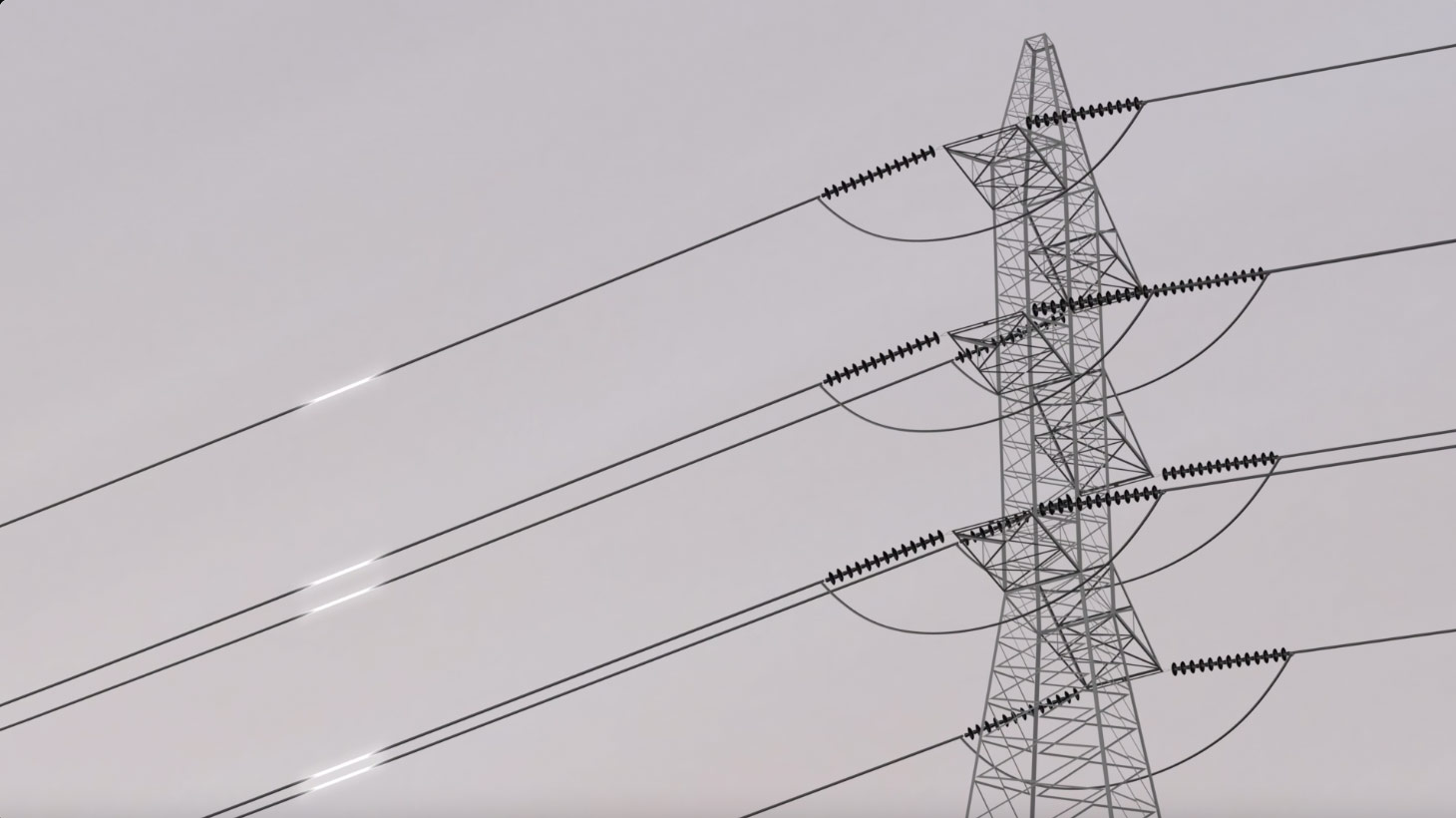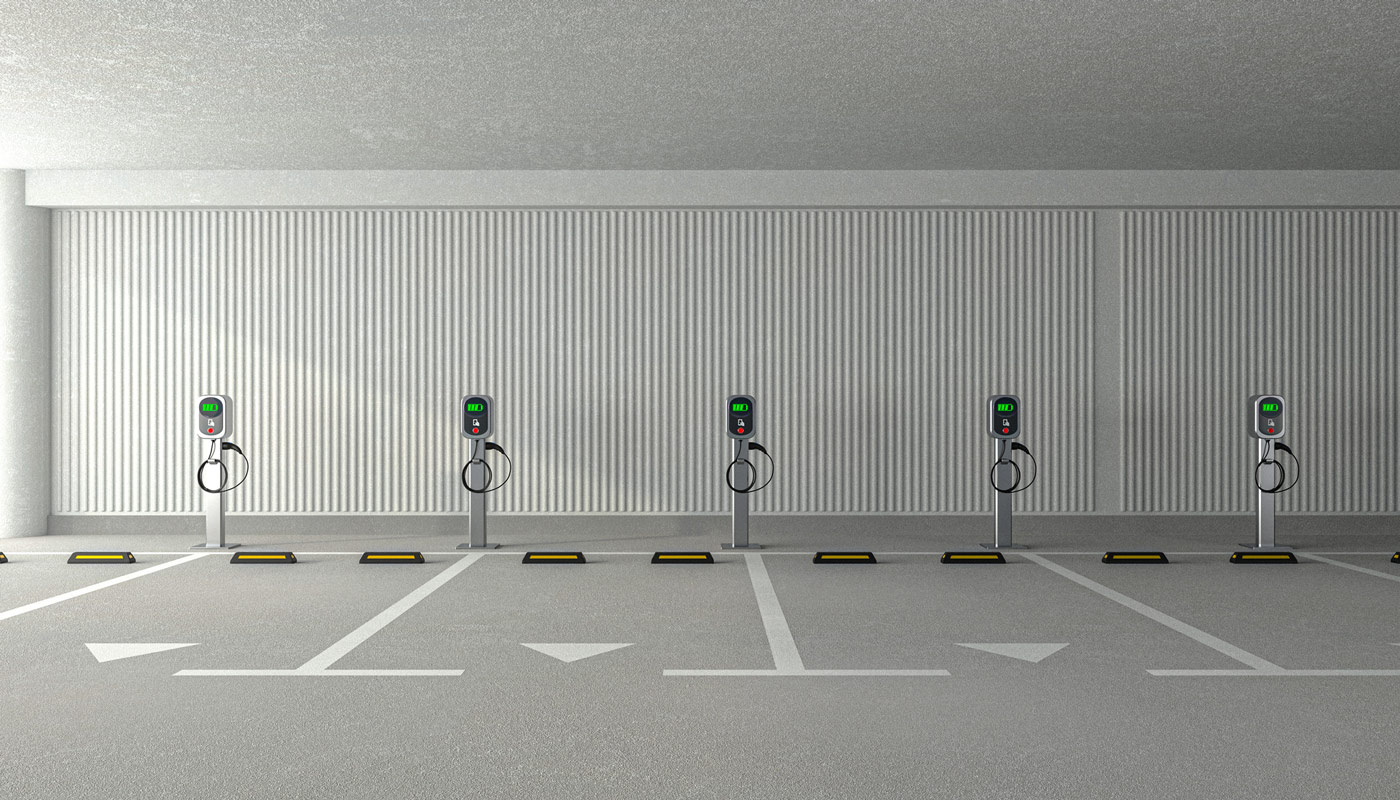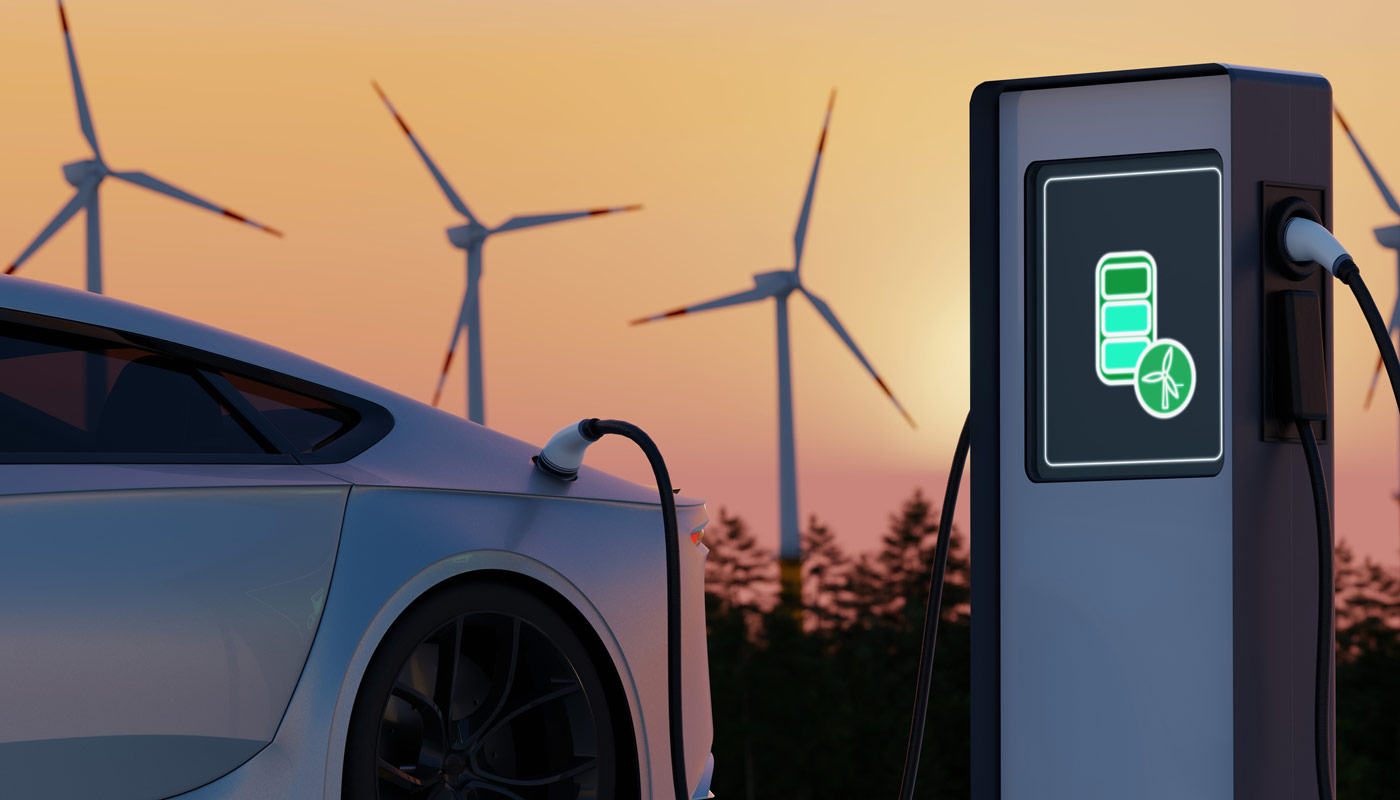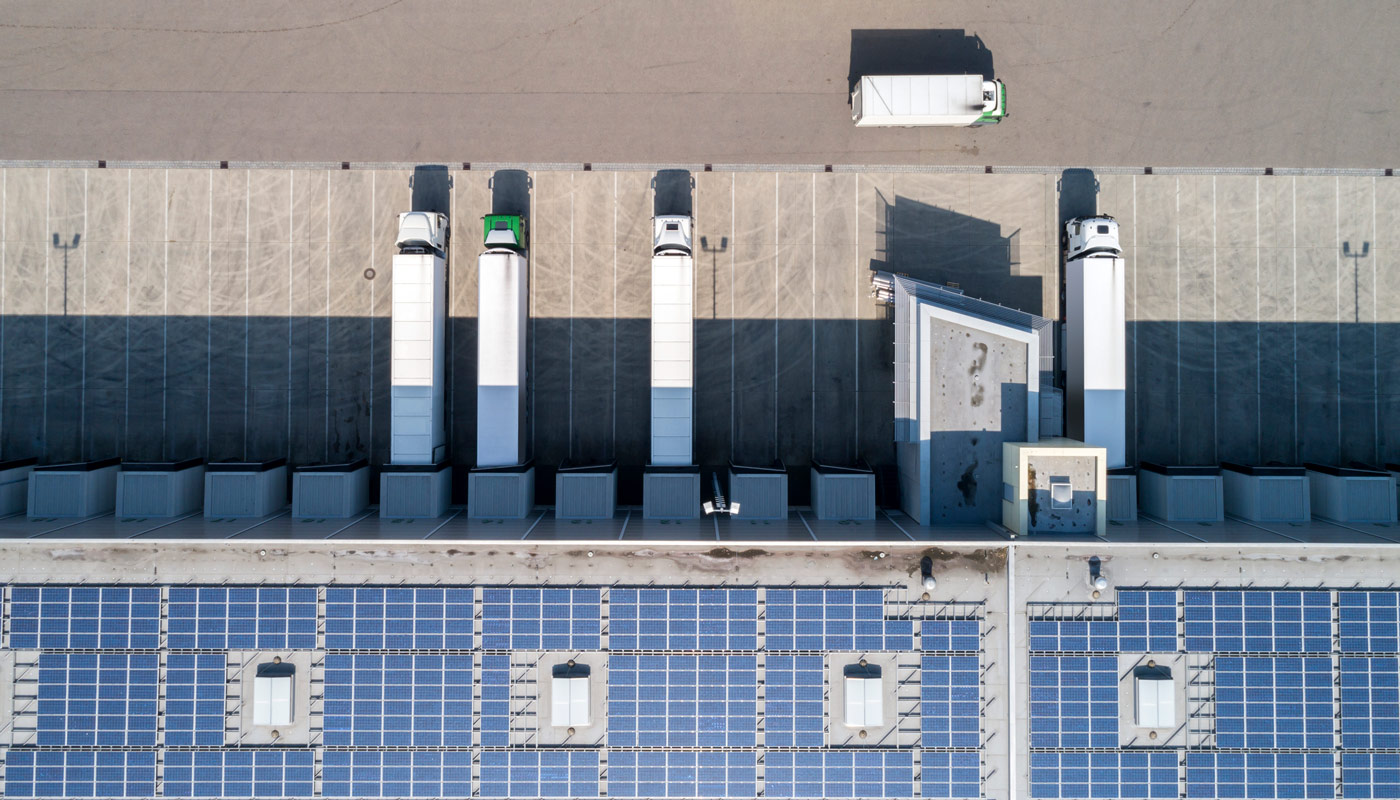Want to learn more about Electric Vehicles?
Check out our driver resources for more information about the future of EVs.
 Energy providers are preparing for the influx of electric vehicles hitting the road.
Getty Images
Energy providers are preparing for the influx of electric vehicles hitting the road.
Getty Images
Electric Vehicles (EVs) have gained significant popularity in recent years. According to a survey conducted by AAA, data showed that 40 percent of surveyed Members would consider purchasing an EV as their next car. But is the power grid ready for electric vehicles? In this article, we'll explore how the transition to electric cars impacts our power grid and how different energy providers prepare for this change.
 Getty Images
Getty Images
With more electric cars hitting the roads, the power grid across the country needs to be able to manage the increase in real-time energy demand. Different sectors of the grid have conducted their own case studies to predict how their zone will need to adapt and plan for effective EV charging infrastructure.
As the largest electric provider in California, PG&E is working to support the shift to a future of zero-emission transportation. Over the past five years, PG&E has deployed more than 5,000 EV charging stations and is working with car companies to make it easier to charge your car.
Mandates from various states like California are incentivizing electricity producers to quickly shift to cleaner energy sources. In addition, the shift is taking place due to high demands from investors, policymakers and customers. Evidence shows that renewable energy and batteries can compete with fossil fuels and help the power grid. The International Energy Agency expects renewables to supply 18% of global power by 2030.
Did you know? The AAA Mobile App can help locate EV chargers near you?
Give it a try >>Energy storage plays a crucial role in protecting the power grid. It helps to effectively use renewable energy, store extra power and provide backup electricity during emergencies. Vistra operates Moss Landing— the world’s largest energy storage facility— in California and has plans to expand it in the future. During a heatwave in 2022 in California, Vistra contributed to the backup supply helping prevent the need for rolling blackouts.
 Getty Images
Getty Images
In 2013, New York set a goal to have 850,000 electric cars on the road by 2025, with Con Edison responsible for around 230,000 of them. In 2017, Con Edison launched the SmartCharge New York program to encourage people to charge their vehicles at certain times to help keep the grid balanced and reliable.
Participants have been offered incentives in the form of gift cards, Venmo or PayPal for their involvement and feedback. With steady enrollment in SmartCharge New York, Con Edison anticipates expanding the program footprint as EV adoption continues to grow in the region.
In Arizona, SRP (Salt River Project) started the “EV Community” (EVC) program in 2014 to prepare for the uptick in EVs and to engage with EV drivers. This program offers customers a $50 credit for registering their cars. Currently, there are more than 7,500 drivers enrolled in the EVC program. Participants are helping SRP understand drivers’ needs and promote smart charging (i.e. charging during off-peak hours when power demand is low).
 Power companies in the Carolinas are deploying EV fleets
Getty Images
Power companies in the Carolinas are deploying EV fleets
Getty Images
Companies in the Carolinas and Florida are also making their vehicle fleets electric to help reduce carbon emissions and save money. Duke Energy has helped implement a special center to develop and test electric vehicle fleets, from small cars to big trucks. This charging program will integrate solar and battery storage to ensure reliable, clean power. These efforts will ease the increased demand on the grid by owners of EVs.
Xcel Energy is committed to electrifying its entire light-duty fleet and 30% of its medium and heavy-duty fleet by 2030, totaling over 2,500 electric vehicles (EVs). This initiative is part of their broader vision to become a net-zero energy provider by 2050 and enable one out of every five vehicles in their service areas to be electric by 2030. They’ve started by making all-electric bucket trucks, deploying over 1,200 EV chargers and using technology to eliminate engine idling and conserve fuel.
With government incentives, the rising cost of gasoline and the desire to be good stewards of our environment, it's good to see that preparations are already being made to support the impact of EV’s on the power grid. Thanks to the nation’s energy providers, drivers can confidently hit the road and make a difference for a greener future.